TW: Sexual Assault & Misogny // Spoilers Ahead
The height of subversive horror cinema is Jennifer’s Body. No, I will never budge on that. Yes, Cabin in The Woods is funny, Scream is very well made, and the Scary Movie franchise is …. there. But nothing is quite as satisfying as watching the teenage succubus that is Jennifer Check rip apart boys. In the post #metoo era where the industry is far from changed, watching revenge flicks like these is probably one of the most cathartic experiences due to the slow-moving progress being made. This 2009 film was so far ahead of its time and continues to be the ultimate metaphor, both on and off the screen, for revenge against misogynistic Hollywood. Megan Fox, the perfect casting choice, leads the film as Jennifer — whose body she reclaims power over after an assault by using it to seduce the men in the small town of Devil’s Kettle to their deaths. She feeds on their frightened, vulnerable (and rather unintelligent) souls and sustains her good looks through this. Her best friend, Needy Lesnicki (Amanda Seyfried), is caught in between her moral reservations about her BFF’s murder spree and grappling with her own “loyalty” toward Jennifer (hint: it’s not just gal-pal platonic-ness). The film examines so many themes concerning romantic leanings in female “friendships,” sexual assault, and female empowerment all without falling victim to the male gaze or objectifying its stars. At its core, it’s a fulfilling tale of revenge upon the perpetrators of misogyny and about young women finding their own justice in a world that is aimed against them.
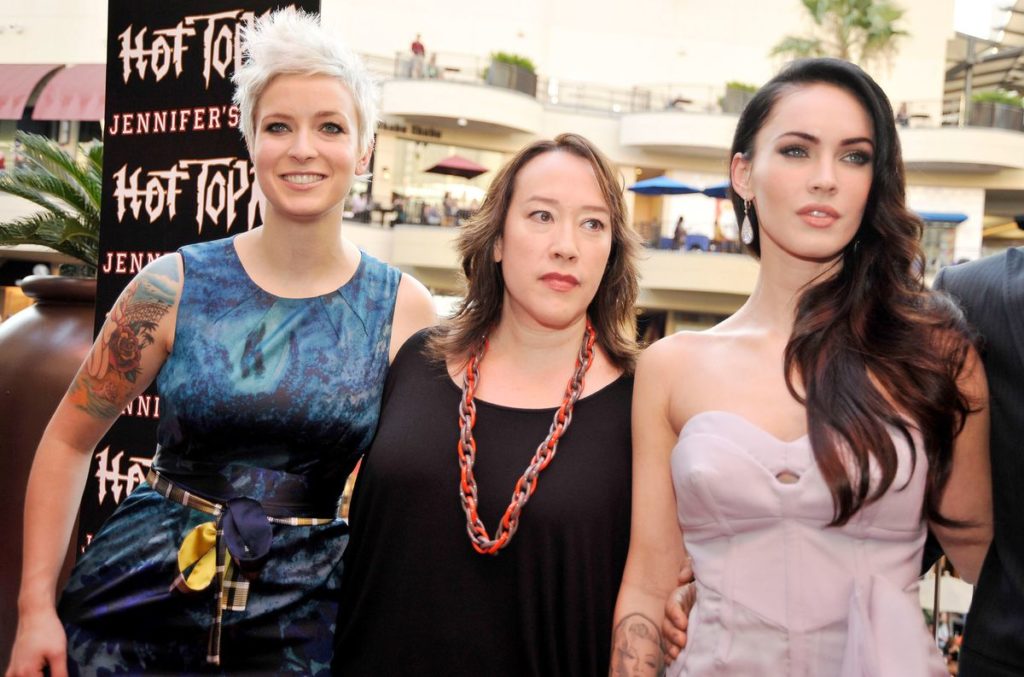
Diversity On and Off Screen
The cast and crew being primarily made up of women is one of the reasons the film feels much more authentic and less exploitative than other revenge films such as I Spit On Your Grave. Director Karyn Kusama takes so much care in keeping the film from turning into torture porn (like the previously mentioned film) and instead focuses on the evolution of Jennifer and Needy. Needy goes through the classic She’s All That nerdy-to-cute transformation but also learns how to stand up for herself and use the succubus powers she later receives for good. Even Jennifer changes to the audience from seemingly together it-girl to the revealed abusive, power-hungry friend that she’s been all along — now heightened in her new supernatural form. Essentially, these women are given complexity that does not revolve around retaining their femininity. It’s about survival and testing the bounds of their tumultuous but co-dependent relationship. Standard horror films with female protagonists, usually written by men, make women’s unhinged struggles revolve around puberty and/or a need for male validation. This allegory examines a nuanced struggle in female friendships that can often lead to toxic codependency and the blurring of romantic and platonic feelings. Jennifer’s Body is the perfect example of why more diverse voices are needed in horror to give some truth to the framework of metaphorical storytelling that is central to horror films (I’m looking at you Midsommar). I mean, can you imagine Get Out if Jordan Peele was white?
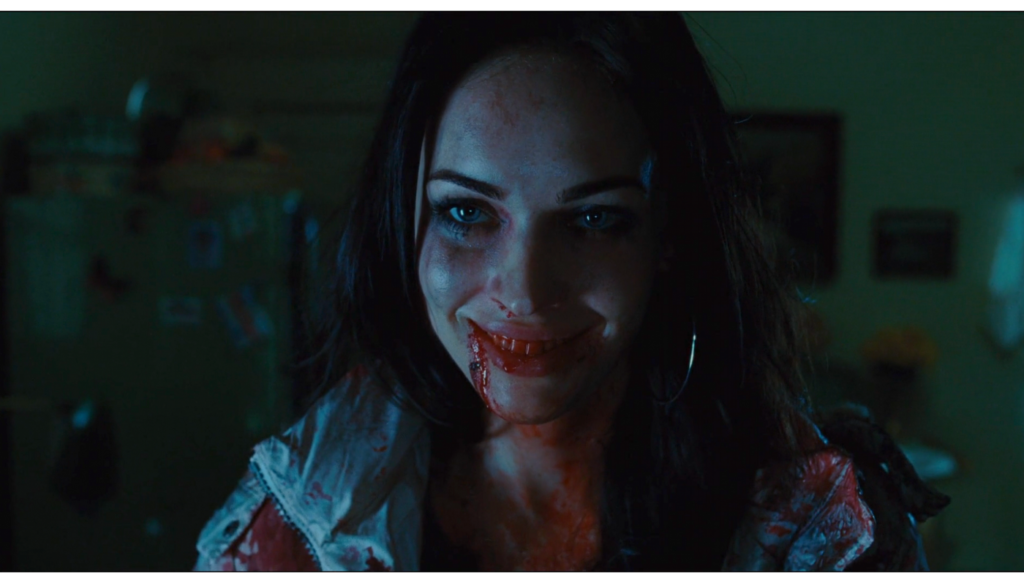
Trust in Diablo
The architect of the story is Diablo Cody, a screenwriter with an amazing talent for creating emotionally strong and personal stories across genres. One of the best parts of the film is the quippy, quirky dialogue – written similarly to what she did in Juno but with a darker edge. Every comment has the wit and wonder of Clueless and Mean Girls (while also incorporating the iconic fashion of the two) in the slang-y one-liners that don’t feel contrived or forced. The dialogue helps to add that satirical edge to the piece that makes it so smart and self-aware, despite the condescending perception teen films often receive. The dialogue also coats the film in a time capsule of nostalgia that is both comforting (especially when seeking out familiar times in collectively traumatic moments like now), as well as reclaiming the conservative period by queering and showing the story from a feminist perspective. Every word spoken has a deliberate coolness that both reinforces characterization, advances the plot, and/or makes me laugh out loud, (in the case of Jennifer saying “I go both ways” it’s all three). It’s filled with more than just John Hughes’ angst and actually commentates on the often romantic or sexual nature of female friendships and how they are often hidden as just that. However, Diablo doesn’t stop there and makes the obvious ring true — both characters are confirmed to be bisexual and kiss on screen. Though it was hinted up until that point, Cody made a point of creating complex characters who could also contain nuanced sexuality — further bringing accuracy into a fantastical tale.
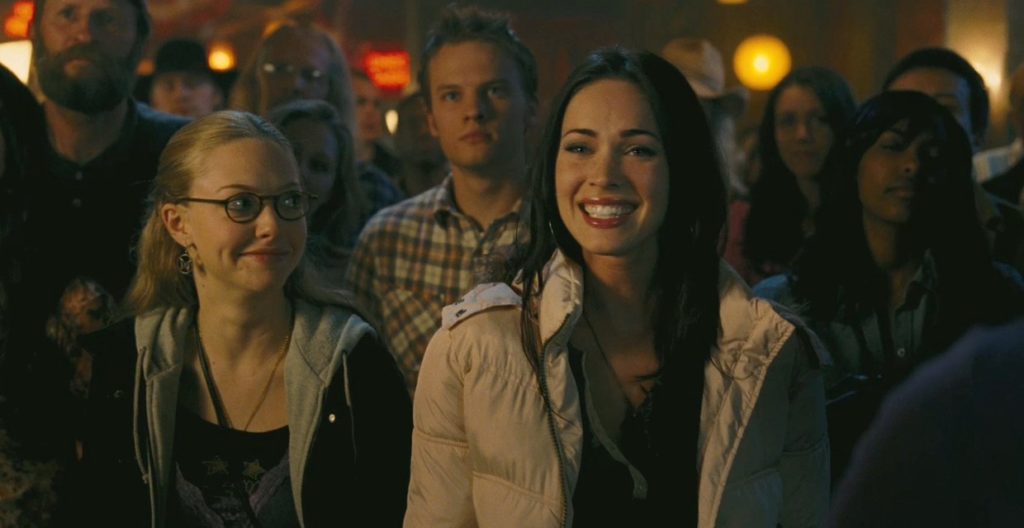
Bad Blood
The history of the film makes the plot hit even harder. For some background, Megan Fox was in between Transformers’ movies when she made the film and was touted as the new sex icon at just 23 years old. She was being objectified and not taken seriously by media outlets — even being shamed for calling out the notoriously abusive director Michael Bay’s behavior on set. She (most likely) was fired from the third Transformers’ movie because of her resistance in speaking out. Though Jennifer’s Body was released while the scandal occurred, this role gave Fox a deeply personal part that allowed her to channel the probable inner rage she felt in being treated like an object. This performance is, in my opinion, the best of her career thus far because of her striking balance between teen comedy, campy killings, and the dark, twisted reality that women face. Amanda Seyfried follows suit and gives her all — with an intensely empathetic performance that makes it hard to know who to root for. Sadly, though, the film did not do well at the box office and part of the reason why is the false and poorly done marketing. All of the posters showed only Fox in a cheerleader or school girl costume that was never worn in the film. Essentially, they were just trying to play up Fox’s sexuality to make this seem like a “sexy” horror film when really it was advertising to the crowd it would alienate the most. Per usual, 20th Century Fox did not feel it necessary to advertise to women, whom the story was made for and about, and unfortunately the film started to fade into obscurity.

Conclusions
Now, thankfully, the film is going through a renaissance revival and is becoming cemented as a rightful cult and horror classic. And why shouldn’t it be? The soundtrack is killer, the outfits are fire (any jacket resembling the iconic Gap Kids heart jacket goes for hundreds of dollars online), and the film’s core story resonates so deeply with today’s femme audiences. Film is one of the few outlets where we can live our primal fantasies and Jennifer’s Body fulfills wanting a world where we can punish our oppressors. So what I’m saying is, if you haven’t seen the messiah of all revenge films, do yourself a favor and let Jennifer’s Body consume you.
Click here to listen to Diablo Cody and Megan Fox reflect on Jennifer’s Body 10 years later
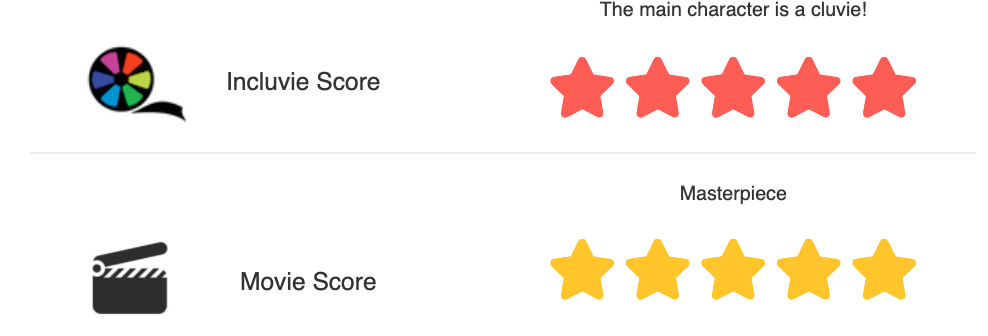
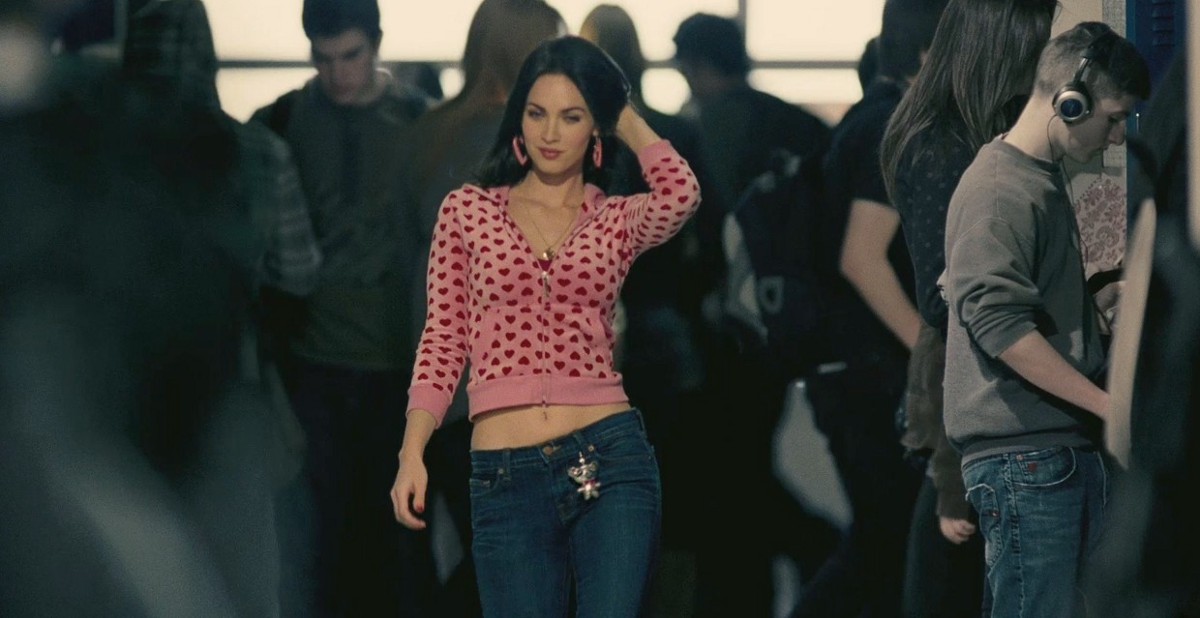
Comments
One response to “Reclaiming Her Body: “Jennifer’s Body” & Why We Need Diverse Storytellers”